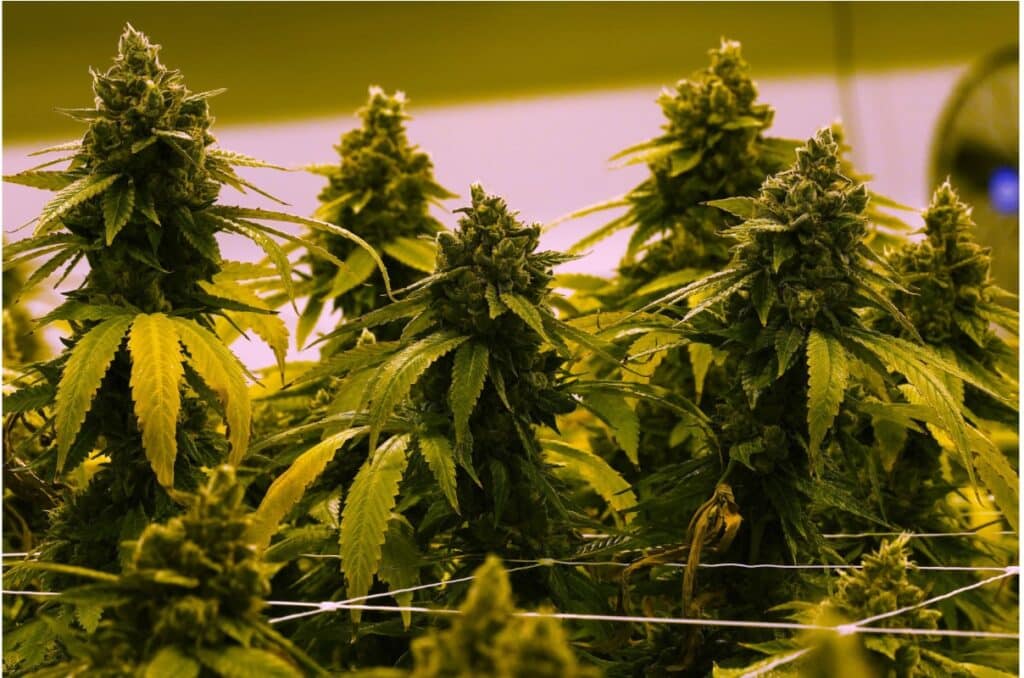There is much excitement in the cannabis industry as the Federales start to talk about legalisation. Or changing the legal description and restrictions at least. Or something in the run up to an election perhaps. This might not be as wondrous as many a share price seems to assume.

The particular and specific is that the Biden Administration is thinking of moving cannabis from a Section I drug to a Section III. This is very much less than outright and full legalisation. It moves ditchweed from something like heroin to something like anabolic steroids – this isn’t the full legalisation of recreational use by any means. It could well be a precursor to legalisation of medical marijuana which would be an advance in sensibility and human civilisation at least. Of course, this still has to go through the DEA and so on.
However, it’s worth trying to think through what this could mean – and what even full legalisation would mean. The major effect of Schedule III is actually on the accounting practices of the extant cannabis companies. Weird, but there we are. Currently the states have that patchwork of recreational and medical legalisation. OK. The Feds insist it’s still Schedule I. OK. But all the companies have to pay Federal taxes. And because Federal law still says it’s illegal this means that many of the costs of being in business aren’t allowable as expenses in tax law. Schedule III would mean that because cannabis is sometimes legal then all of those expenses can be written of as, well expenses. Which is nice but of rather less importance than we might thing. Because none of the companies are making a profit even if they could account for their expenses sensibly.
Which is the next level of thinking about cannabis. Because there have been those waves of legalisation – so why aren’t people making profits from that newly unleashed market? The answer there comes in three flavours, levels perhaps.
The first is that while cannabis was illegal there was no shortage. Anyone who wanted some could find it in even the smallest town with 10 minutes asking around. It also wasn’t expensive – $10 would buy rather more than merely an evening’s entertainment. So legalisation didn’t, not really, affect supply very much. It also didn’t affect demand all that much as what demand there had been was being well supplied. I myself recall, at a certain teenage age, weed easier to come by than beer.
The second is that the markets which now do exist are markets designed by bureaucrats. Given that this is the selling point of one particular US political party, that all markets should be designed by bureaucrats this perhaps isn’t the greatest political ad ever. For those “designed” markets in California, for one, have managed to make legal dope more expensive and of worse quality than the still widely available illegal supply. The major effect has really been to stop the cops being able to arrest someone for holding illegal supply because it’s legal now, see?
The third is less cynical and more obvious. Which is that this is the way that capitalism and free markets interact. Something’s newly possible – a new tech, a new desire, or here a new legality – and so capital piles in to try to profit. But the more capital that flows in then the less profit there is. Simply because more capital is flowing in. There’s more competition and so profits get that competed away. This is why Warren Buffett will only invest in a company that has a “moat” a limitation on the competition that will steal the profits. And let’s be honest about it, what moats can you have on a product that literally grows wild in farmside ditches?
So, this discussion about legalisation. Aurora Cannabis, Canopy Growth and others are up 100 to 300% in this past couple of weeks. Which is great, lovely trade to be on the right side of. But a long time view of mine is that this sector just isn’t going to be as fun and profitable as everyone seems to think. I think there’s going to be some very fun rides along the way – like this past few weeks – but the end result is going to be a commodity business, with commodity margins. 10 to 15% returns upon capital employed and that’s your lot sort of thing. Like, say, that close relative, tobacco. Sure, dividends there are 8 and 10% – but we’re not exactly looking for capital growth in that sector now, are we?
It’s now a decade back that I ran the numbers here at Forbes (a discussion without a paywall here). At full legalisation then the big producing companies will produce in Southern Africa – as many of the tobacco companies. Wholesale prices for cannabis there are of the order of $3 and $10 a kg – yes, kg. Upon which folk will be making normal industrial and consumer product margins.
The cannabis industry is a lovely thing to speculate in – as this past month proves. But it’s just not an investment for the long term.